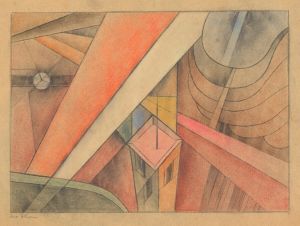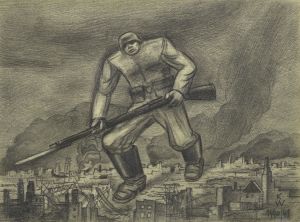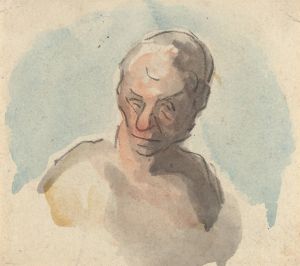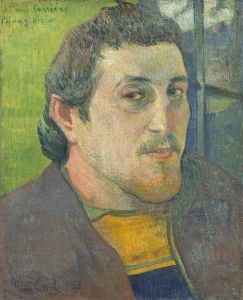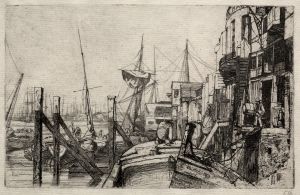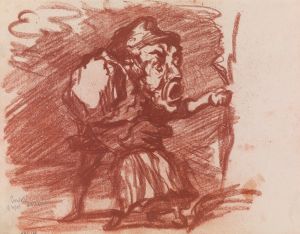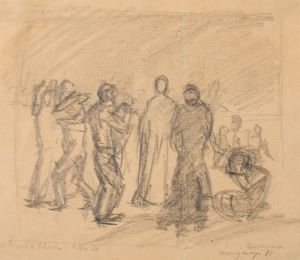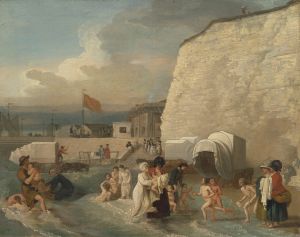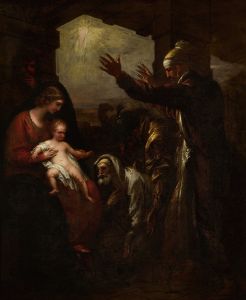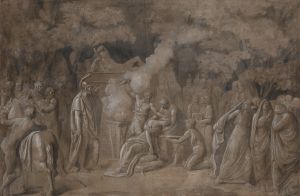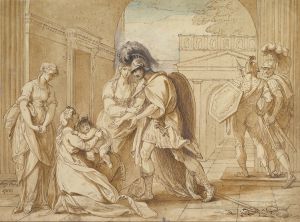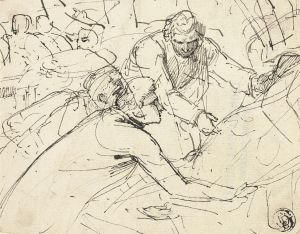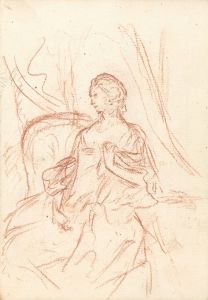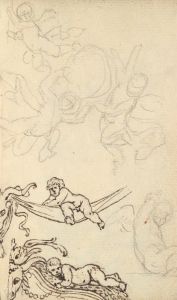
Sketch
A hand-painted replica of Benjamin West’s masterpiece Sketch, meticulously crafted by professional artists to capture the true essence of the original. Each piece is created with museum-quality canvas and rare mineral pigments, carefully painted by experienced artists with delicate brushstrokes and rich, layered colors to perfectly recreate the texture of the original artwork. Unlike machine-printed reproductions, this hand-painted version brings the painting to life, infused with the artist’s emotions and skill in every stroke. Whether for personal collection or home decoration, it instantly elevates the artistic atmosphere of any space.
Benjamin West was an influential Anglo-American painter of the 18th century, known for his historical scenes and portraits. However, there is no widely recognized artwork specifically titled "Sketch by Benjamin West." West's oeuvre includes numerous sketches and preparatory drawings that contributed to his larger works, but without a specific title or context, it is challenging to provide detailed information on a particular sketch.
Benjamin West was born on October 10, 1738, in Springfield, Pennsylvania, in what was then British America. He showed an early talent for art and, despite having no formal training initially, he developed his skills through practice and observation. West's career took a significant turn when he traveled to Europe in 1760, visiting Italy to study the works of the Renaissance masters. This experience greatly influenced his style and technique.
In 1763, West moved to London, where he would spend the rest of his life. He quickly gained prominence in the British art scene and became a founding member of the Royal Academy of Arts in 1768. West served as the second president of the Royal Academy from 1792 to 1805 and again from 1806 until his death in 1820. His leadership and influence were pivotal in shaping the direction of British art during this period.
West is best known for his large-scale history paintings, which often depicted contemporary events with a sense of drama and realism. One of his most famous works is "The Death of General Wolfe" (1770), which portrays the death of the British General James Wolfe during the Battle of Quebec in 1759. This painting is notable for its departure from the traditional classical attire typically used in history paintings, instead opting for contemporary dress, which was considered innovative at the time.
Throughout his career, West produced numerous sketches and preparatory drawings, which were integral to his artistic process. These sketches often served as studies for his larger compositions, allowing him to experiment with composition, form, and lighting. While many of these sketches have been preserved and studied, they are typically referenced in the context of the larger works they contributed to rather than as standalone pieces.
West's influence extended beyond his own work; he was a mentor to many young artists, including notable figures such as John Singleton Copley and Gilbert Stuart. His role as a teacher and leader in the art community helped to establish a foundation for future generations of artists.
In summary, while Benjamin West's contributions to art are well-documented and celebrated, there is no specific or widely recognized artwork titled "Sketch by Benjamin West." His legacy is best understood through his significant historical paintings, his role in the Royal Academy, and his impact on the development of art in both America and Britain.





